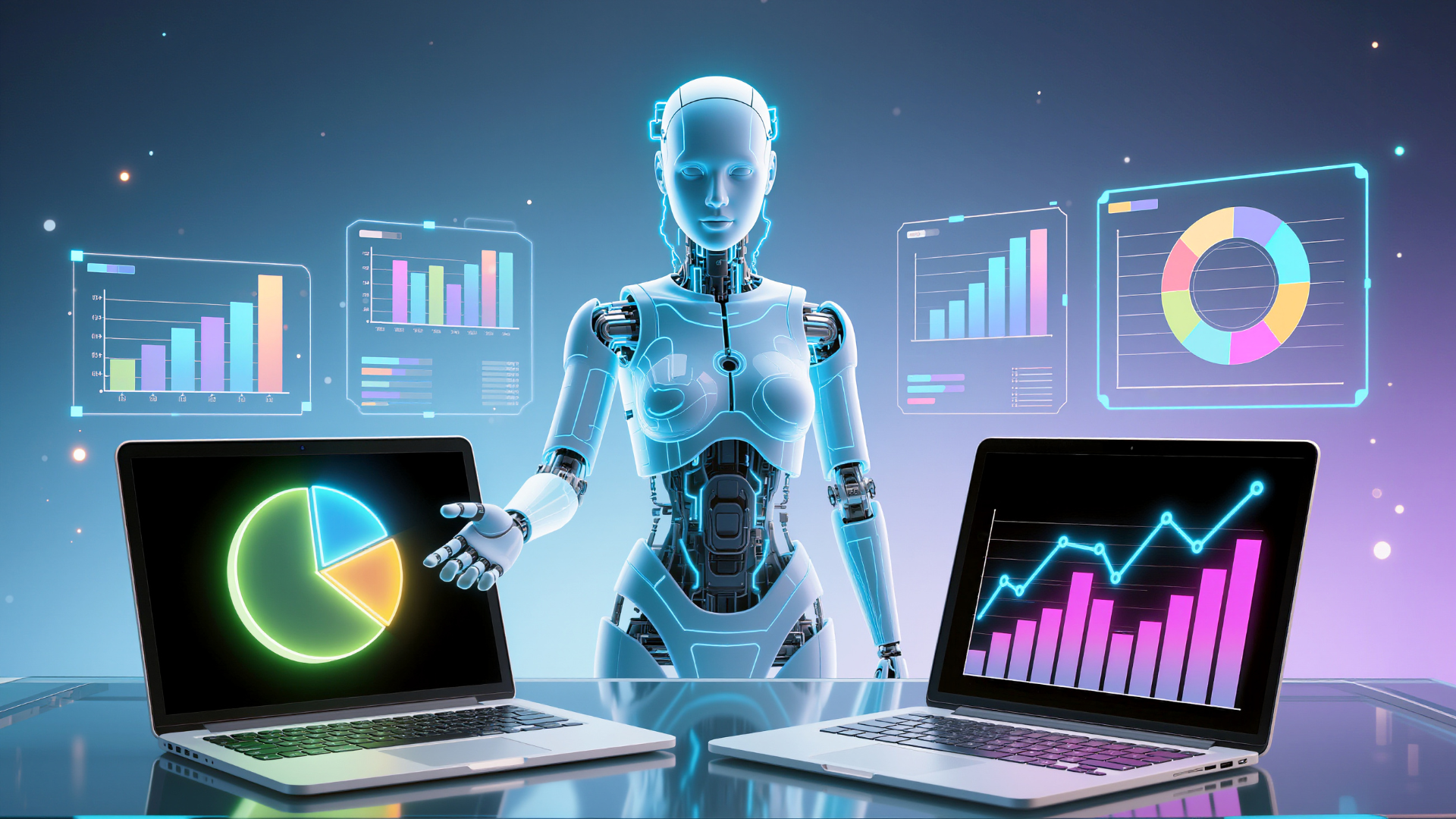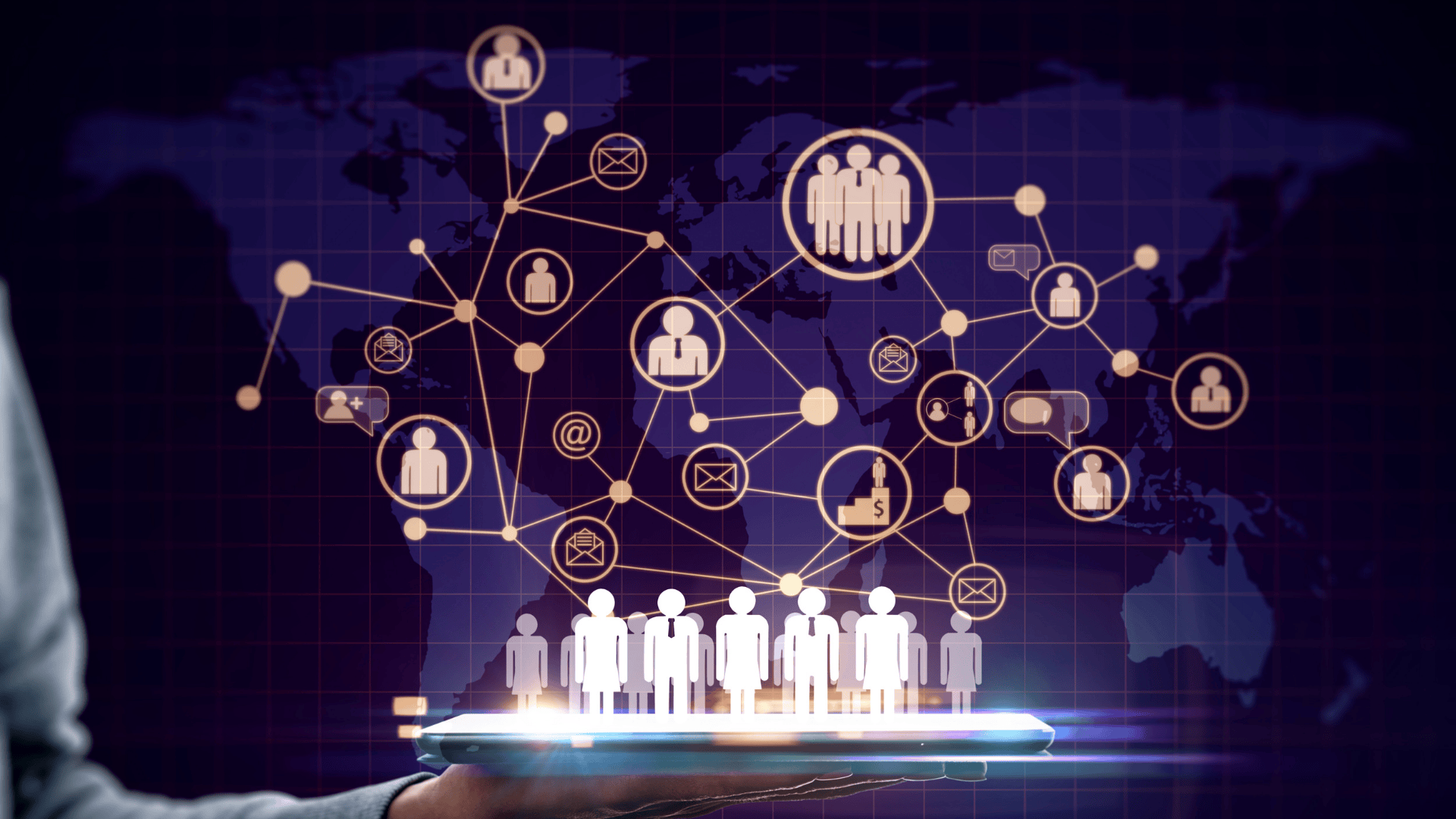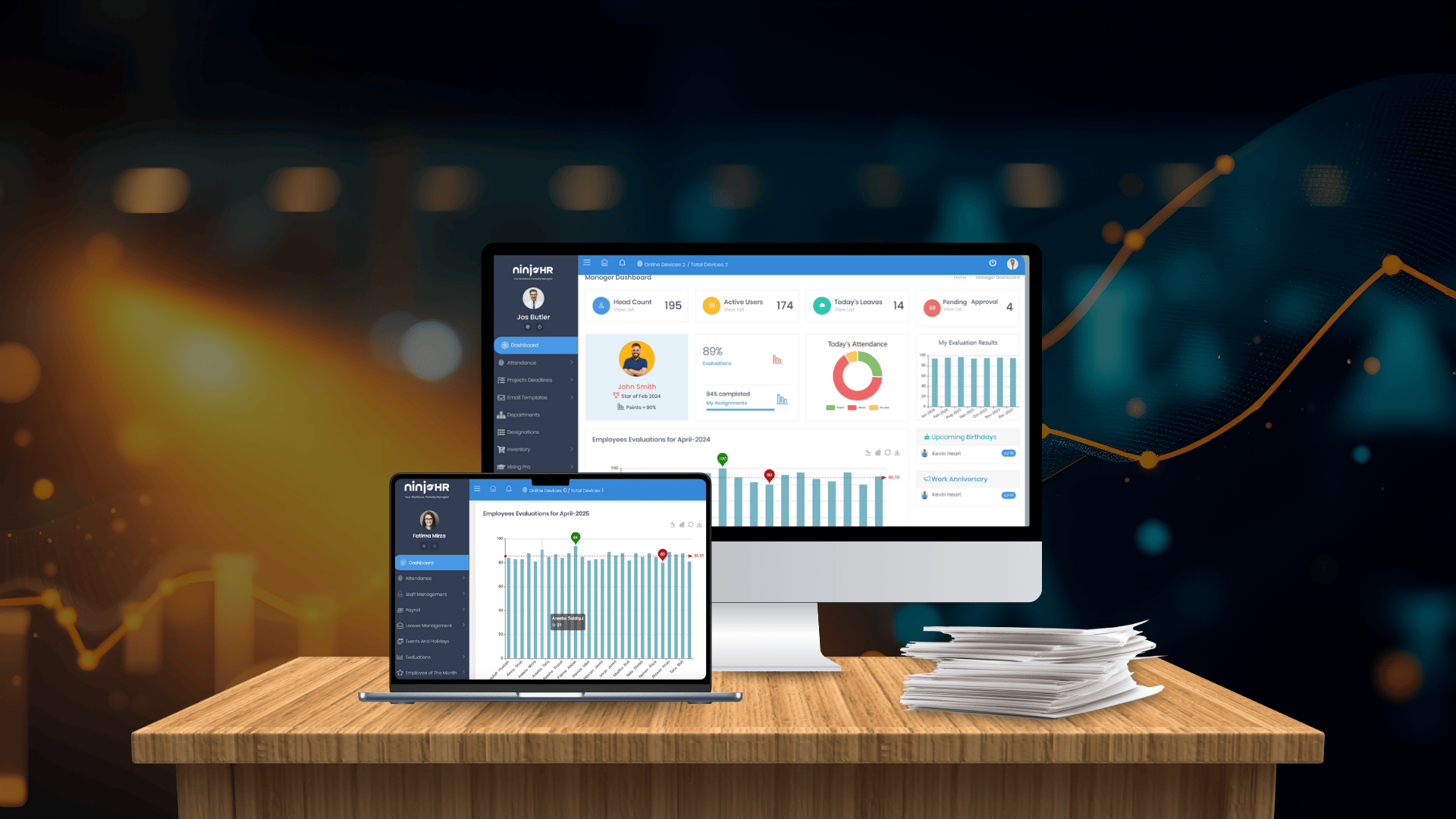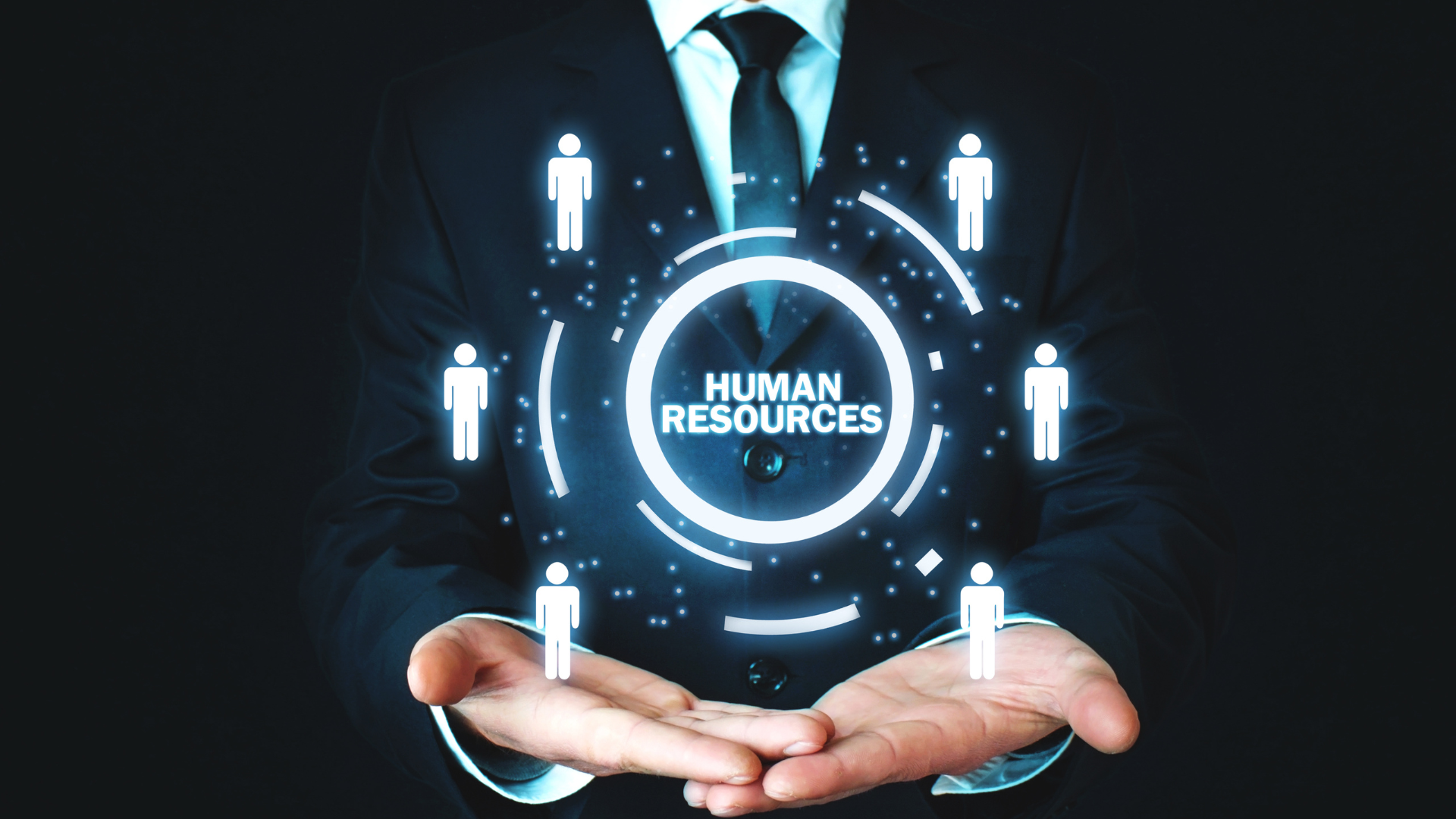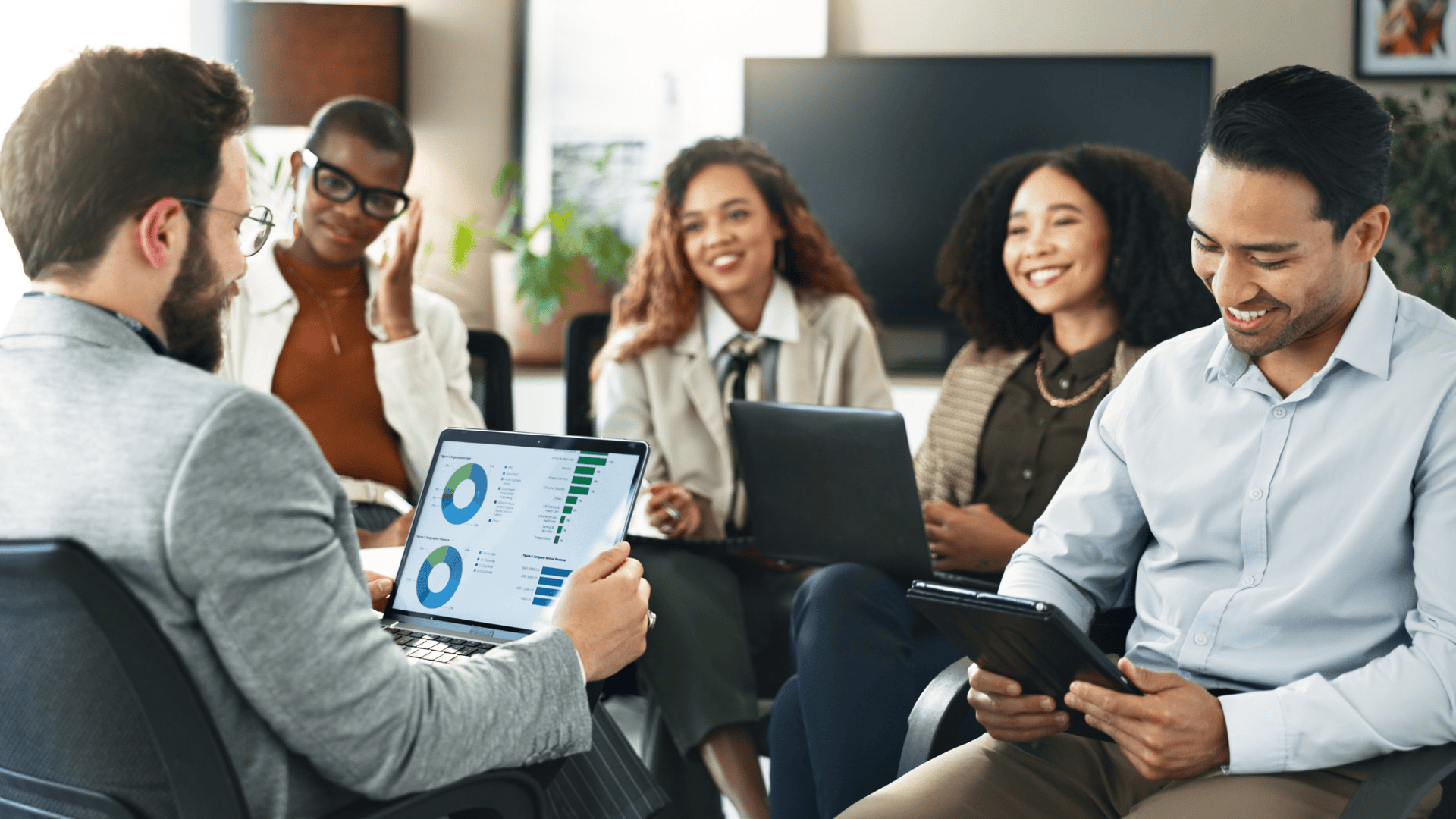Insights That Help HR Leaders Make Better Decisions
HR leaders face constant pressure to make decisions that impact talent, engagement, compliance, and business growth. Yet, relying on manual processes or fragmented data can lead to guesswork and missed opportunities. The right insights — delivered through modern HR technology — can transform decision-making from reactive to proactive. Platforms like NINJA HR provide actionable analytics, predictive tools, and automation to guide HR leaders in every aspect of workforce management. This article explores how HR insights empower leaders to make smarter, faster, and more strategic decisions.
The Challenges of Traditional HR Decision-Making
Without centralized data and analytics, HR leaders often operate in the dark. Common issues include:
- Fragmented employee data across spreadsheets and emails.
- Lack of visibility into turnover, performance, and engagement trends.
- Reactive hiring and staffing decisions based on outdated information.
- Manual reporting that consumes time and is prone to error.
The Power of Data-Driven HR
Data-driven HR transforms raw employee data into actionable insights. With platforms like NINJA HR, HR leaders can visualize trends, measure KPIs, and anticipate challenges before they escalate. This approach ensures decisions are based on evidence, not assumptions. Key benefits include:
- Predictive insights into attrition, engagement, and performance.
- Automated dashboards for real-time visibility.
- Ability to benchmark teams and departments against organizational goals.
- Faster, more accurate reporting for leadership and stakeholders.
1. Predicting Employee Turnover Before It Happens
Turnover can disrupt teams and increase hiring costs. AI-driven insights identify patterns that signal potential attrition, such as low engagement, performance dips, or attendance issues. NINJA HR provides alerts and actionable recommendations, enabling leaders to intervene early. Predictive analytics transform retention strategy from reactive firefighting to proactive planning.
2. Optimizing Recruitment Decisions
Hiring the right talent is critical for organizational success. Insight-driven HR systems analyze resumes, performance history, and cultural fit metrics to recommend the best candidates. NINJA HR uses AI to rank applicants, predict job success, and streamline the recruitment funnel. This reduces time-to-hire, minimizes bias, and ensures smarter investment in talent acquisition.
3. Enhancing Employee Performance Management
Performance management is often plagued by subjective evaluations. Insight-driven HR systems collect data from reviews, feedback, and productivity metrics to deliver an objective view of employee performance. NINJA HR consolidates these insights, helping HR leaders identify high performers, areas for improvement, and training needs. Decisions are no longer guesswork but evidence-based, fair, and strategic.
4. Forecasting Workforce Needs
Scaling teams requires accurate workforce planning. AI-enabled HR insights predict future hiring requirements based on historical trends, project demands, and employee skills. NINJA HR helps leaders plan ahead, avoid understaffing, and optimize budgets. Proactive workforce planning reduces operational risk and supports business growth.
5. Improving Employee Engagement and Retention
Engagement drives productivity, retention, and satisfaction. Insight-driven analytics track engagement patterns, sentiment trends, and feedback responses across departments. NINJA HR provides actionable insights to design targeted engagement programs. Leaders can see what works, measure impact, and adjust strategies in real time. Engaged employees are less likely to leave, making data-driven engagement an investment in stability and growth.
6. Streamlining Compliance and Risk Management
Compliance mistakes are costly. Insight-driven HR systems automatically track regulatory requirements, alert leaders of upcoming deadlines, and ensure proper documentation. NINJA HR consolidates compliance data into dashboards for quick decision-making. By identifying risks early, HR leaders reduce exposure and maintain operational integrity.
7. Aligning HR Strategy With Business Goals
HR insights bridge the gap between people management and business objectives. Leaders can track KPIs such as productivity, retention, and training ROI, and adjust HR strategies to meet organizational goals. NINJA HR ensures HR decisions support growth, efficiency, and long-term success, turning HR into a strategic partner rather than a cost center.
8. Automating Reporting and Dashboards
Manual reporting consumes hours and is prone to error. NINJA HR automates reporting, generating real-time dashboards and executive-ready insights. Leaders can access metrics on performance, engagement, recruitment, and compliance with one click. Time saved on reporting translates into more time for strategy, planning, and people-focused initiatives.
9. Leveraging Predictive Analytics for Strategic HR Decisions
Predictive analytics go beyond trends—they help forecast outcomes. NINJA HR uses AI to predict potential attrition, identify training needs, and model recruitment strategies. Leaders can simulate scenarios and make informed decisions about promotions, workforce planning, and talent development, minimizing risk and maximizing ROI.
10. Transforming HR Into a Strategic Function
The ultimate benefit of insights-driven HR is the shift from reactive administration to proactive strategy. With NINJA HR, leaders spend less time buried in spreadsheets and more time making decisions that impact growth, culture, and talent development. HR becomes a true partner to the business, driving measurable outcomes rather than simply managing processes.
Conclusion
HR leaders equipped with the right insights can make better, faster, and more strategic decisions. Platforms like NINJA HR consolidate data, automate repetitive tasks, and deliver actionable intelligence across recruitment, performance, compliance, and engagement. By relying on evidence instead of guesswork, HR leaders can drive business success, improve employee experience, and lead with confidence. Insight-driven HR isn’t just efficient—it’s transformative. With NINJA HR, every decision becomes smarter, every strategy more precise, and every outcome more impactful.
